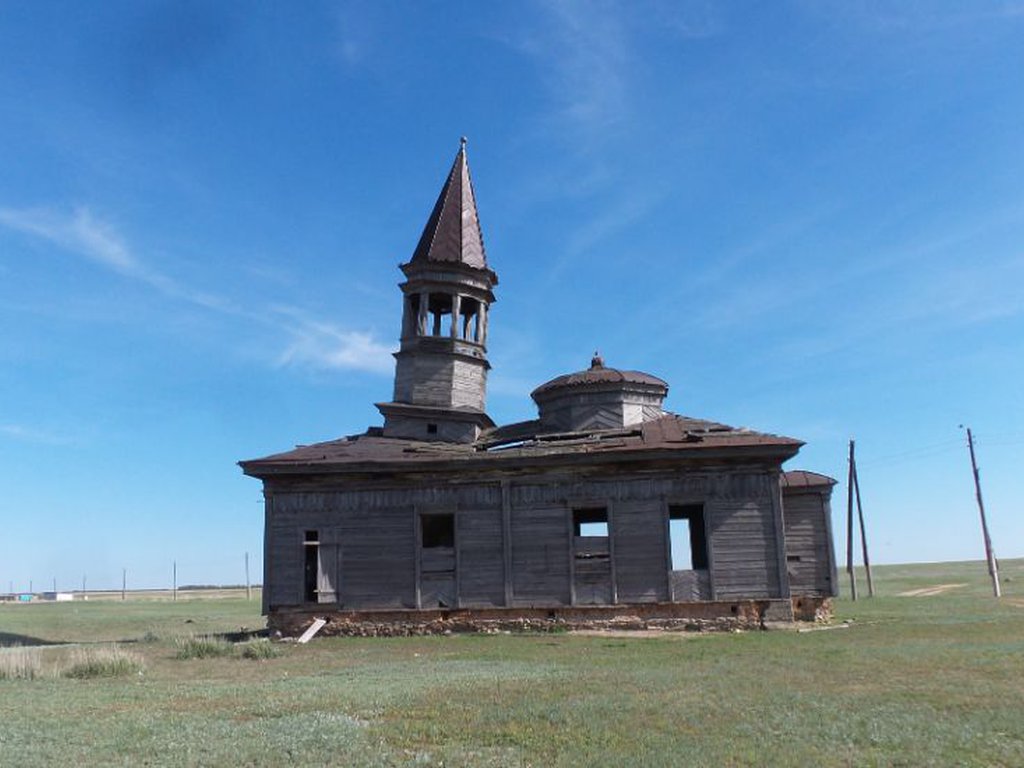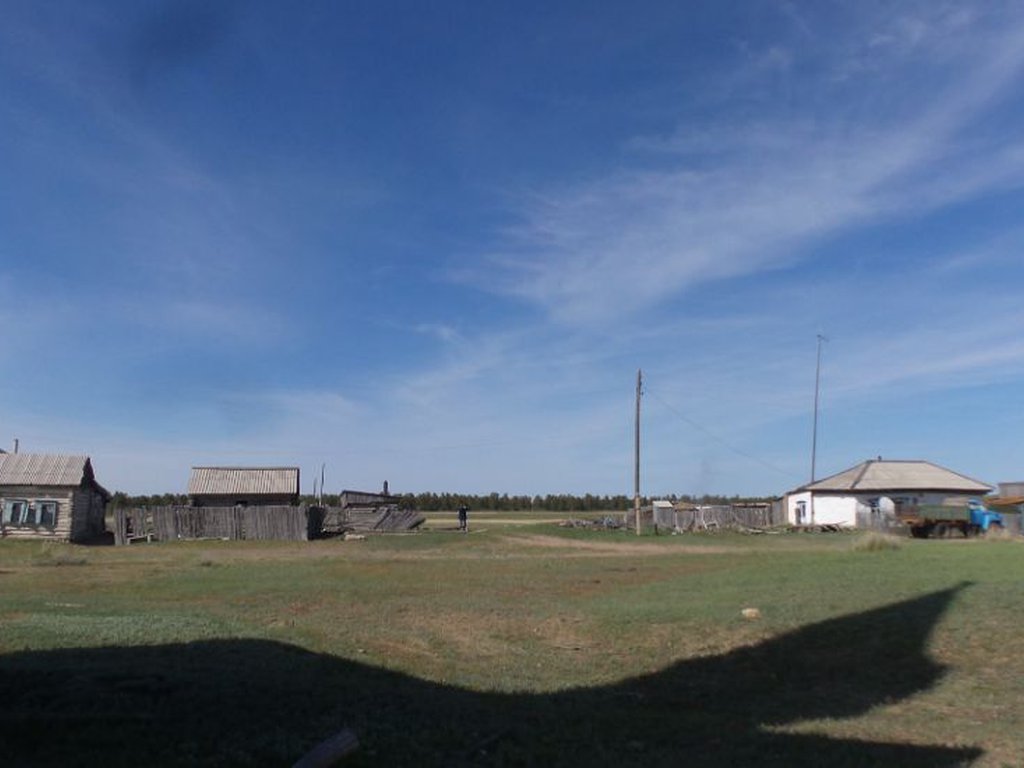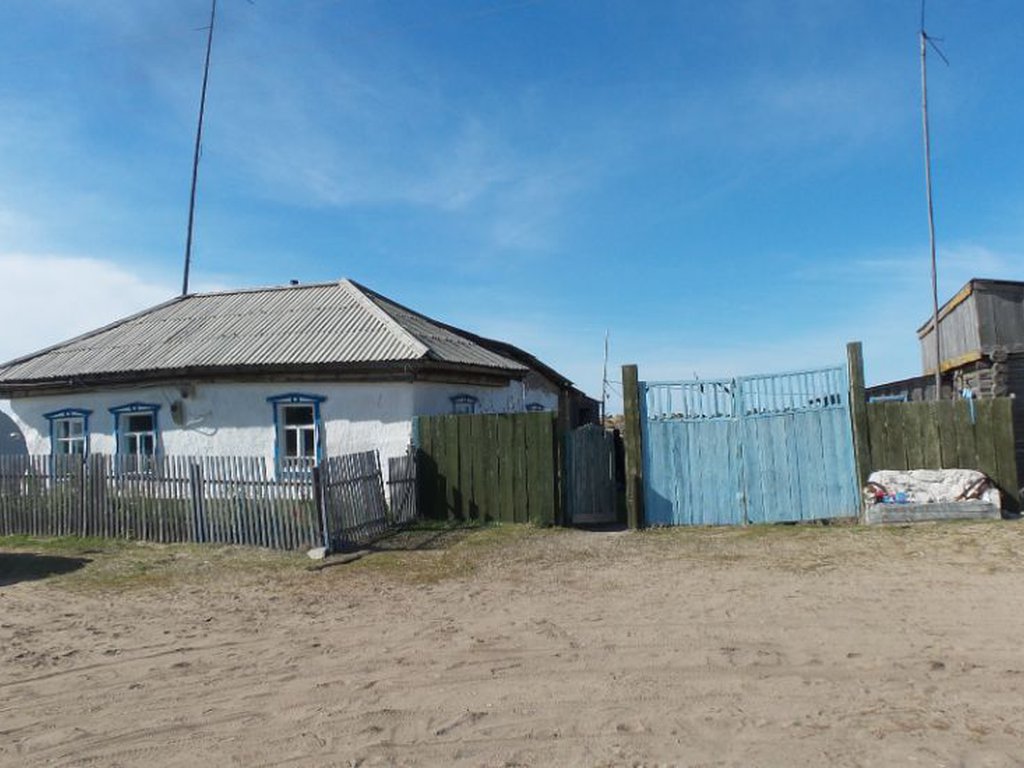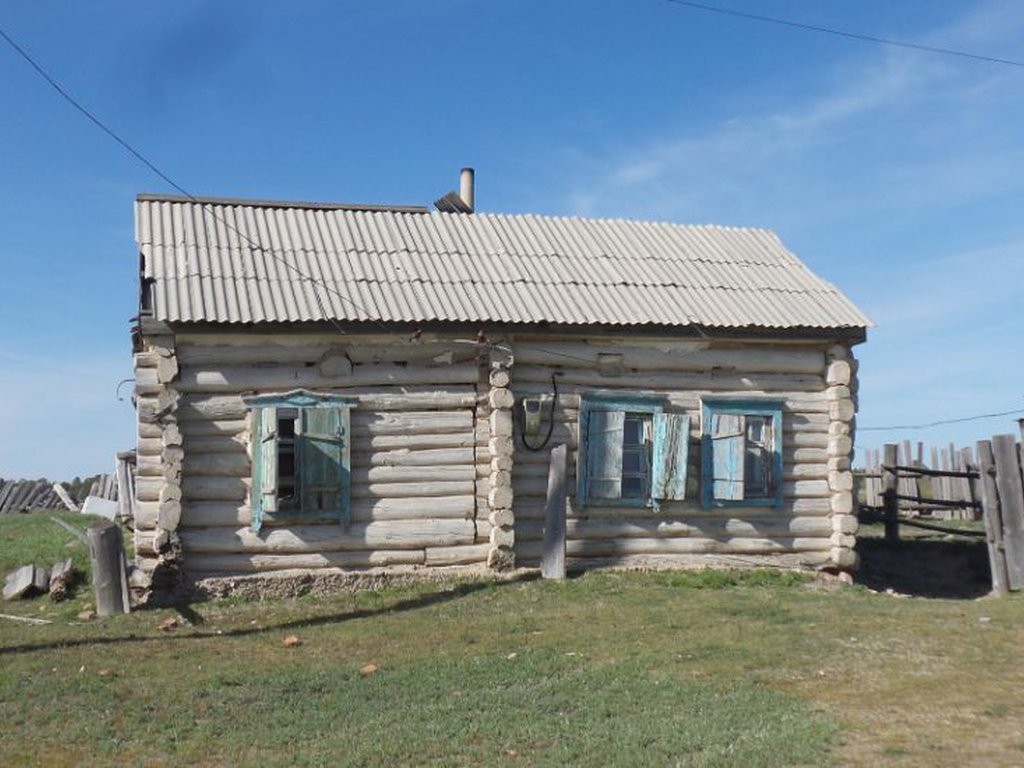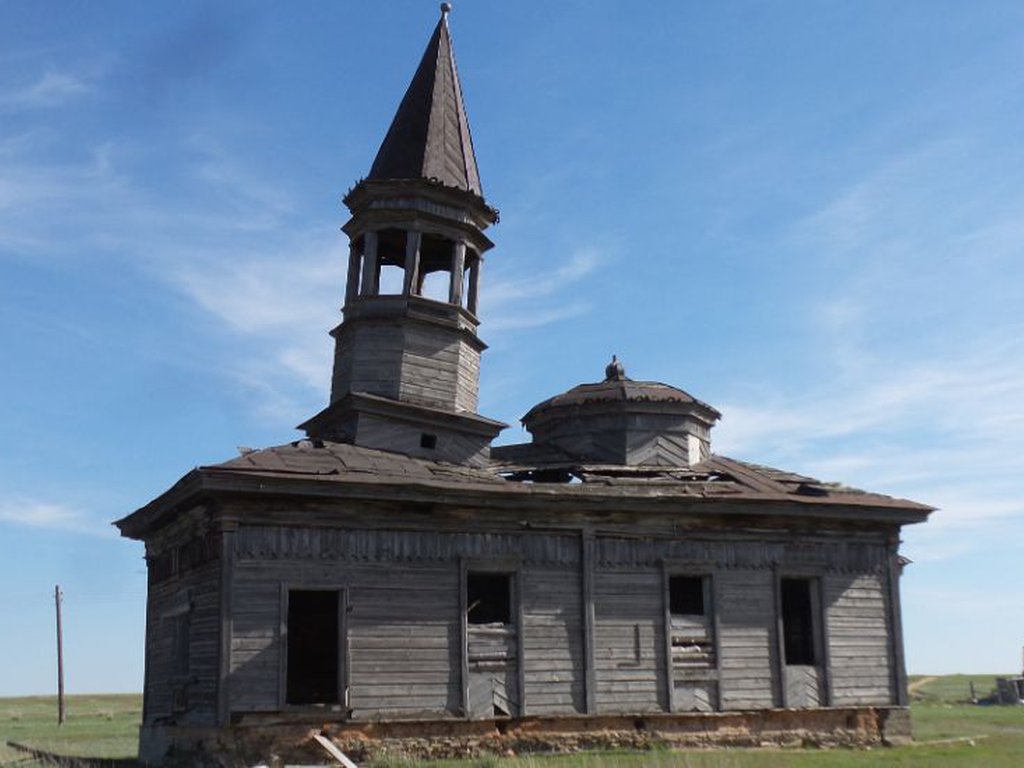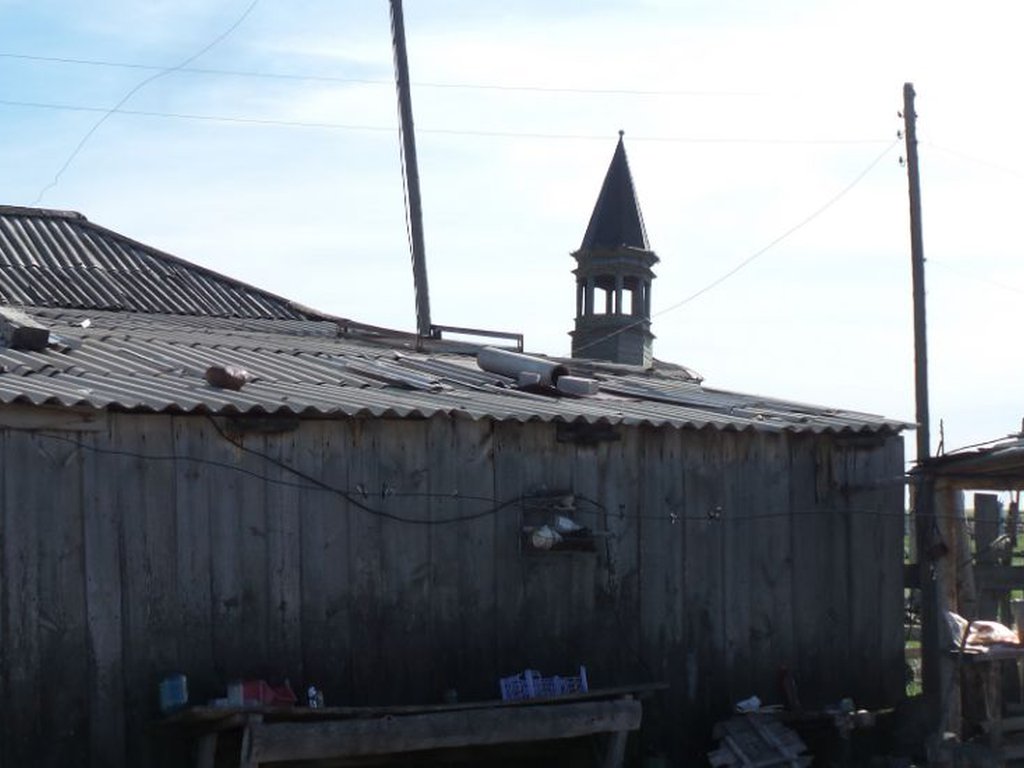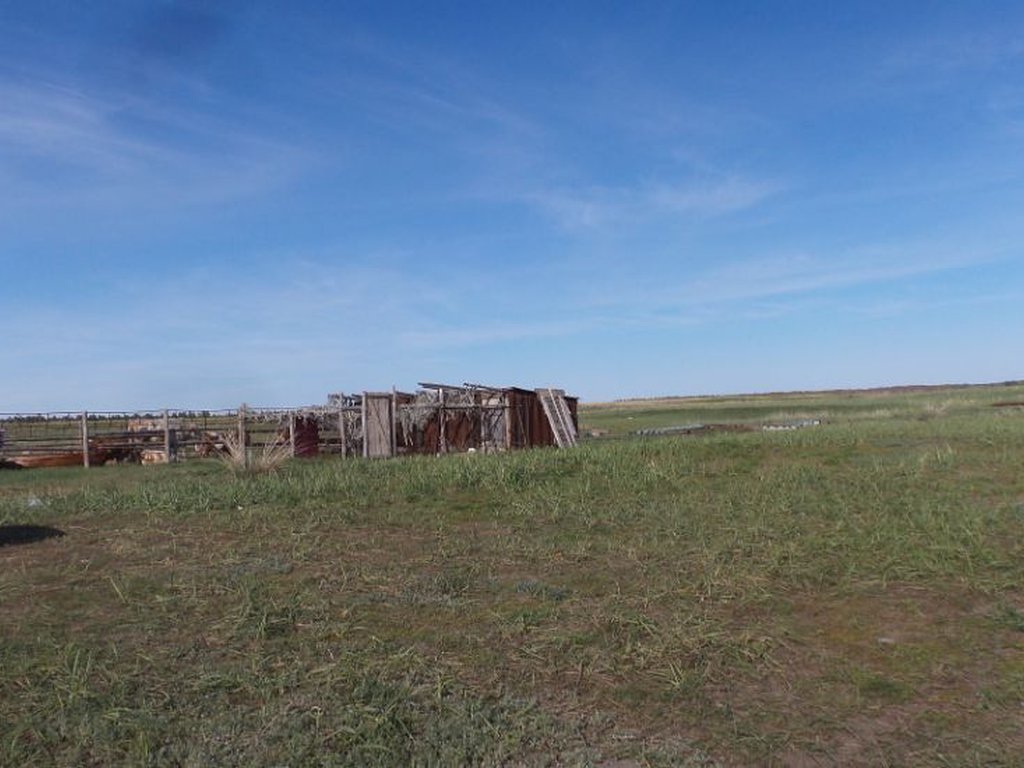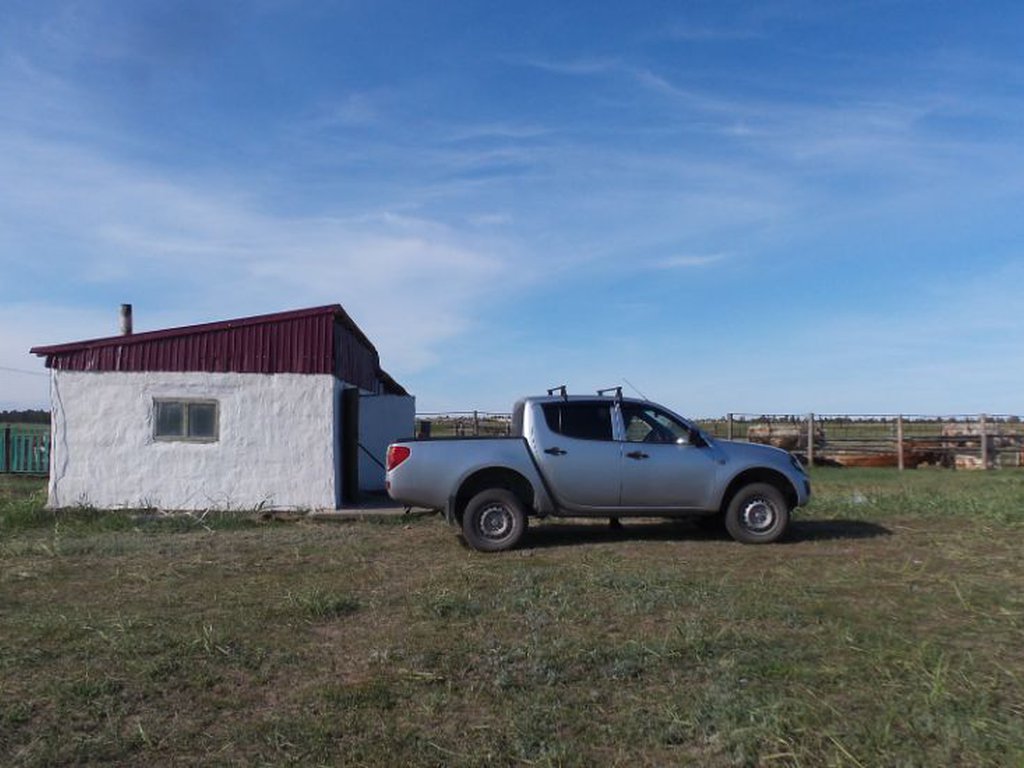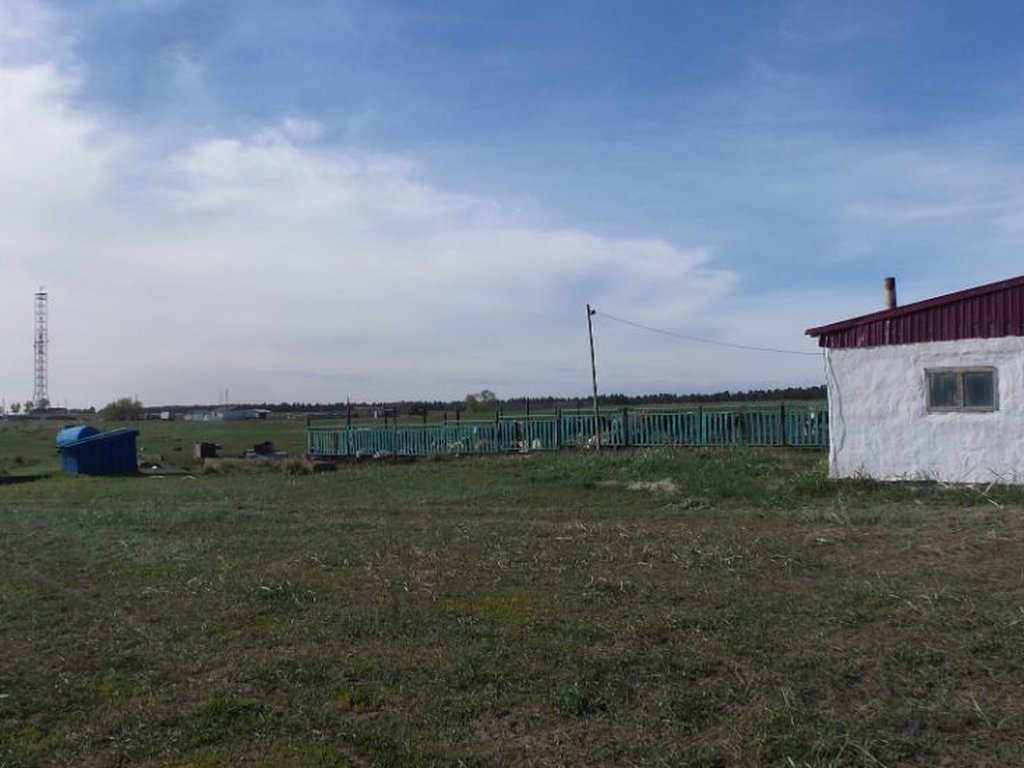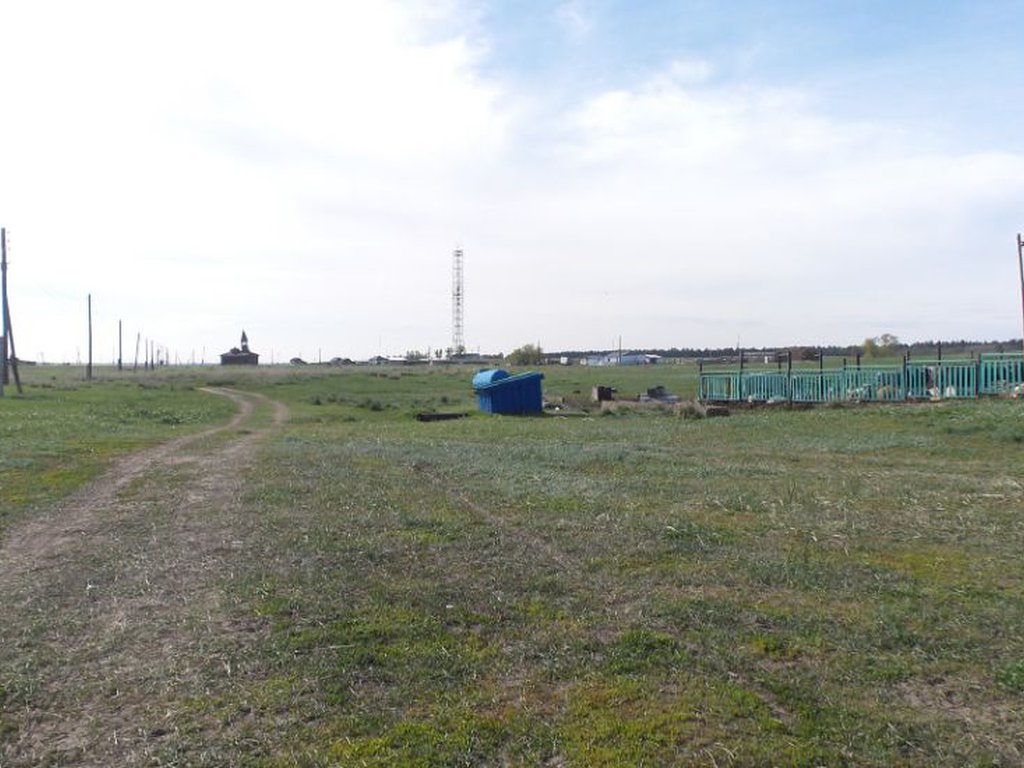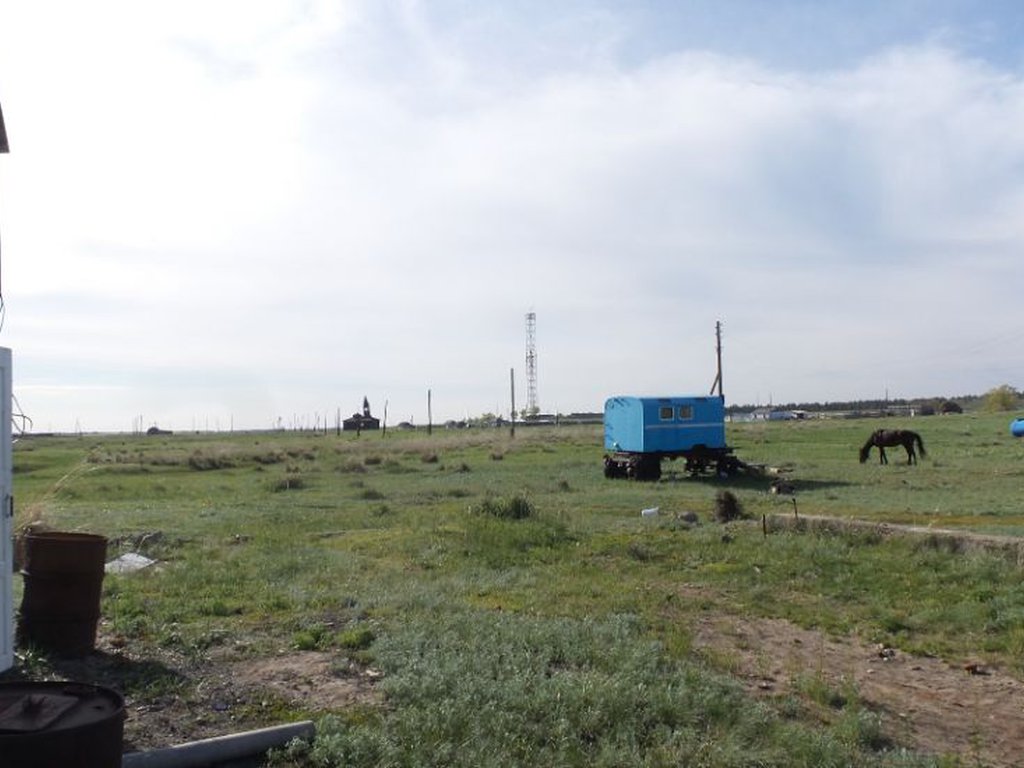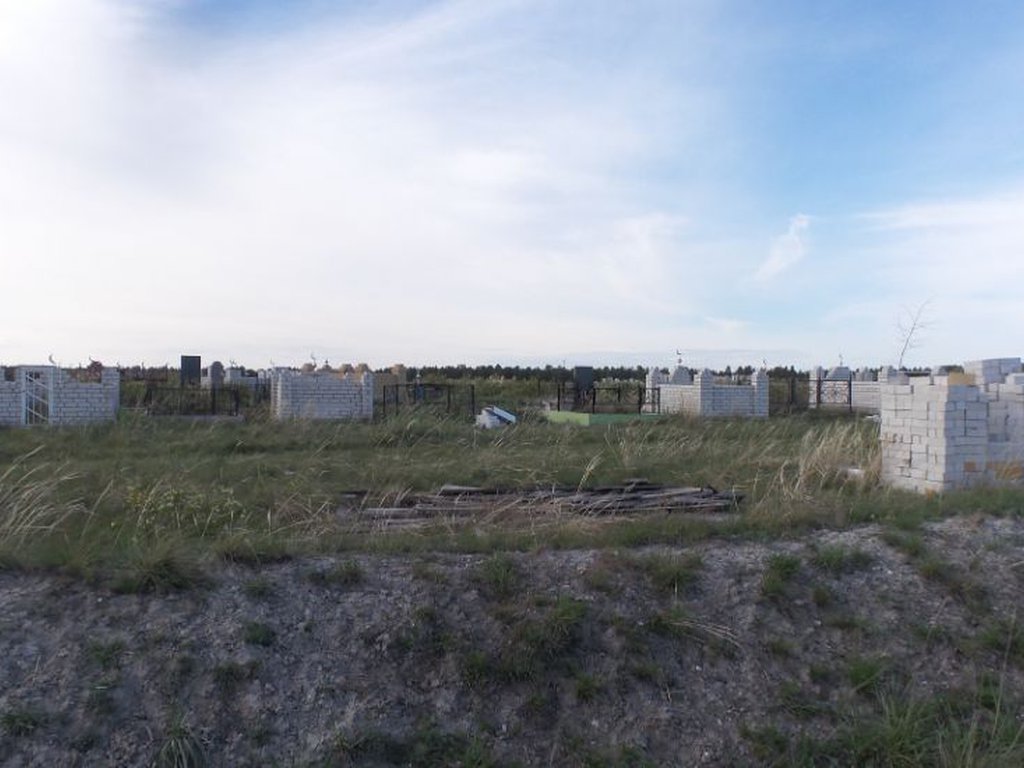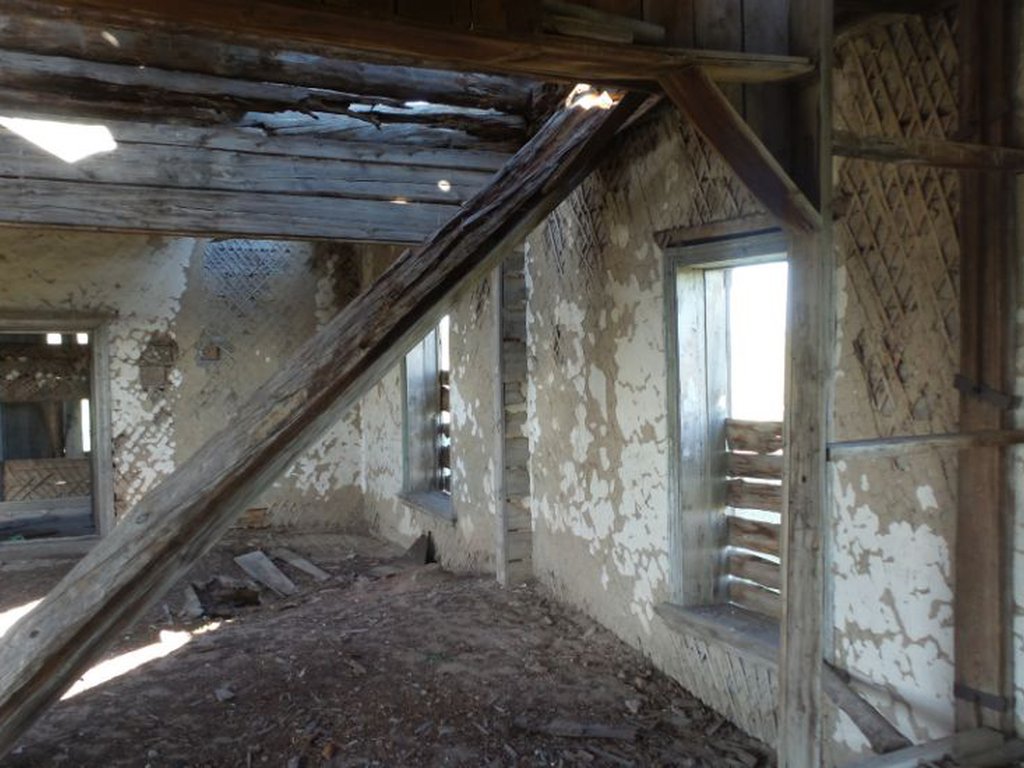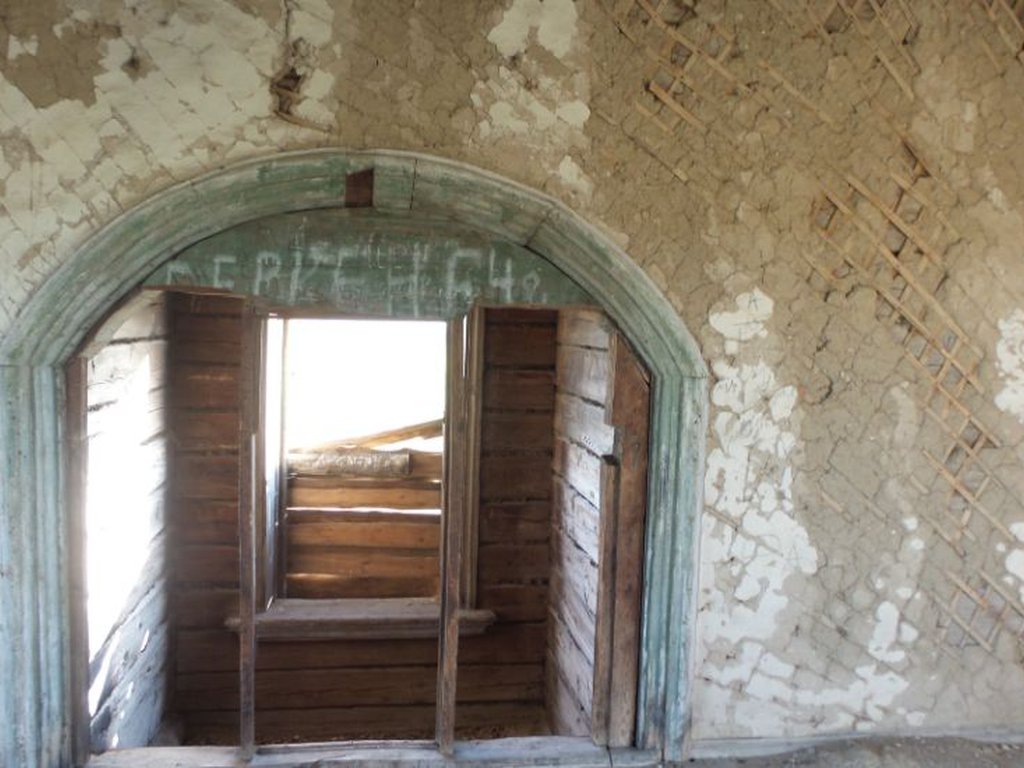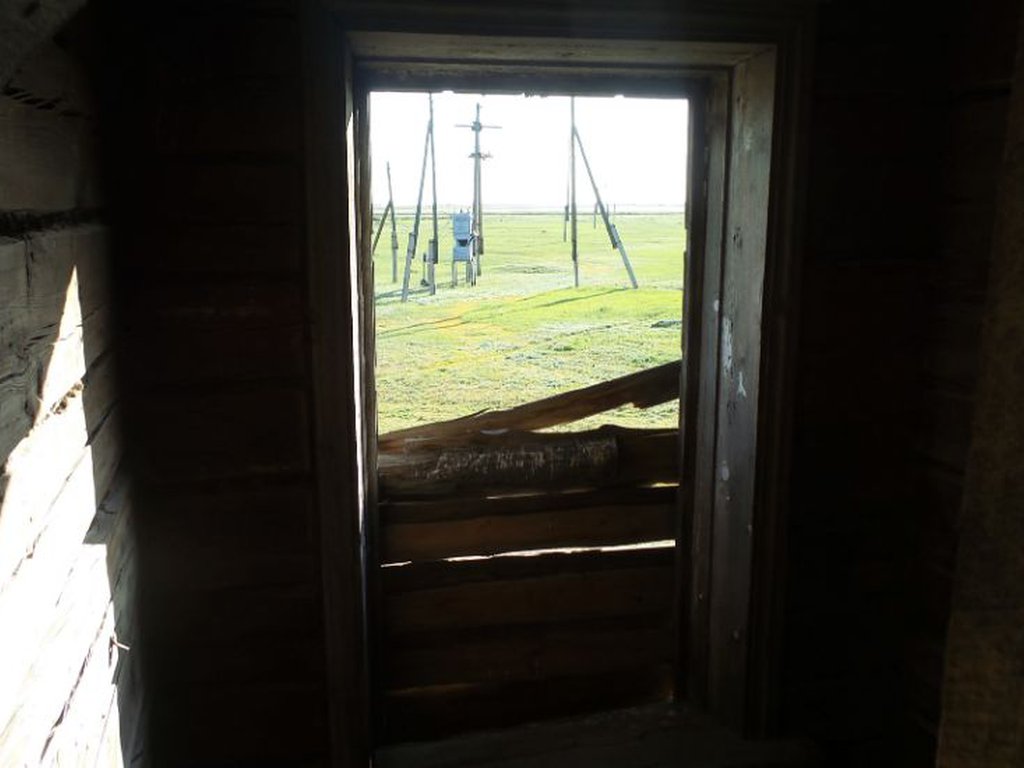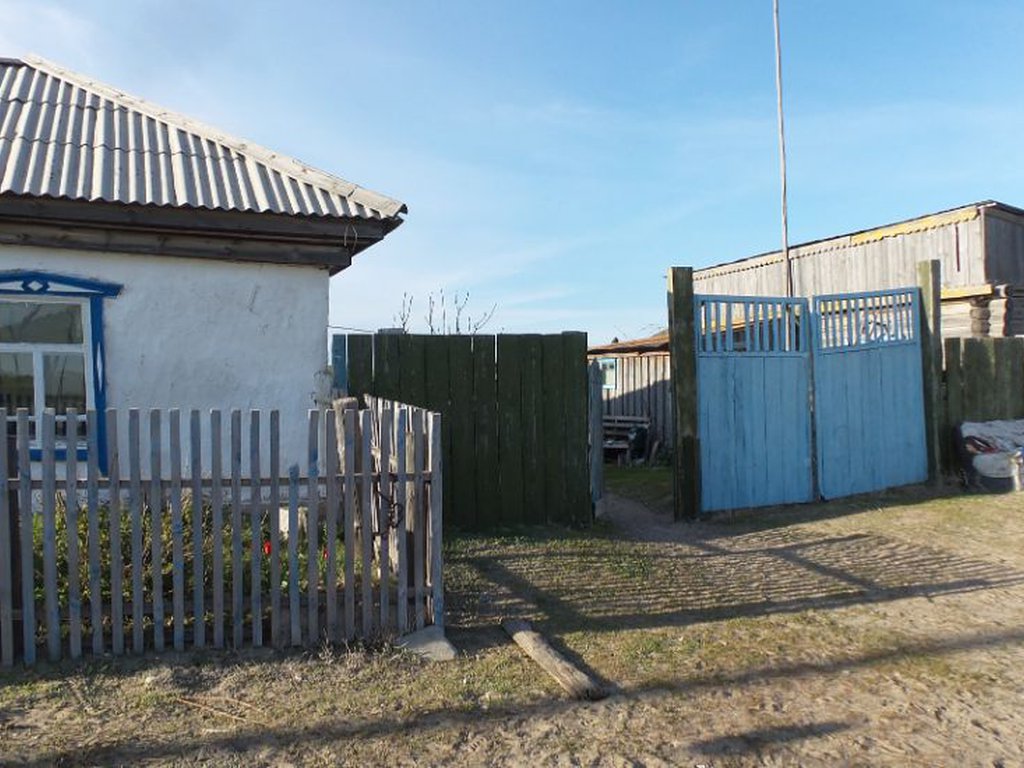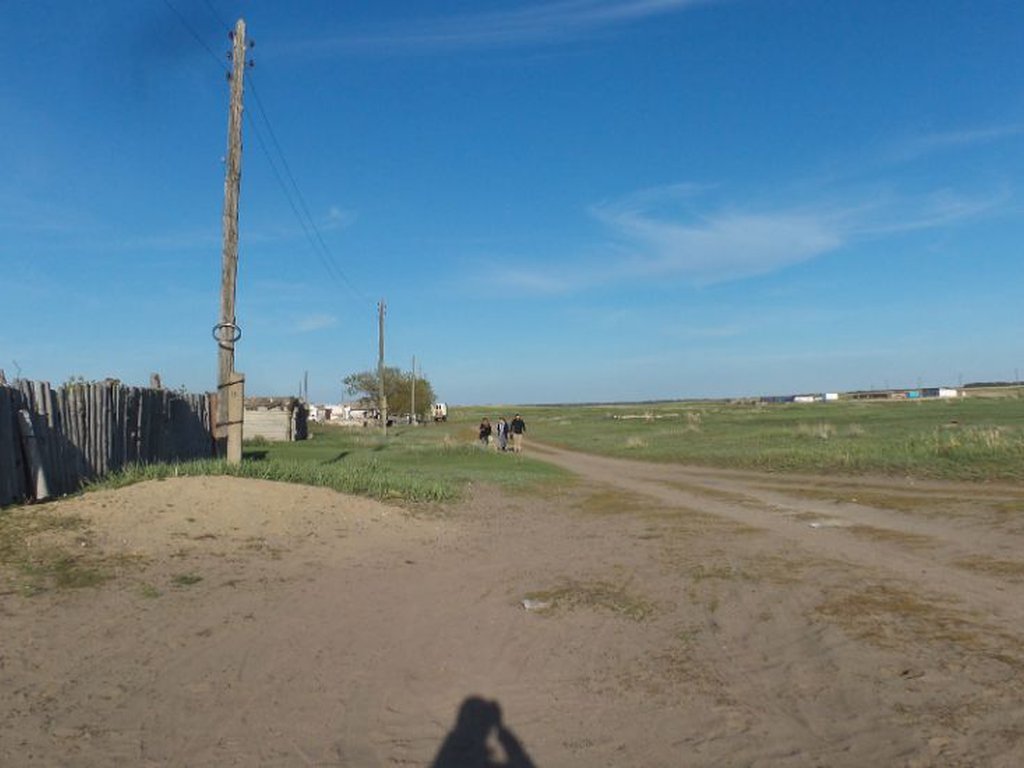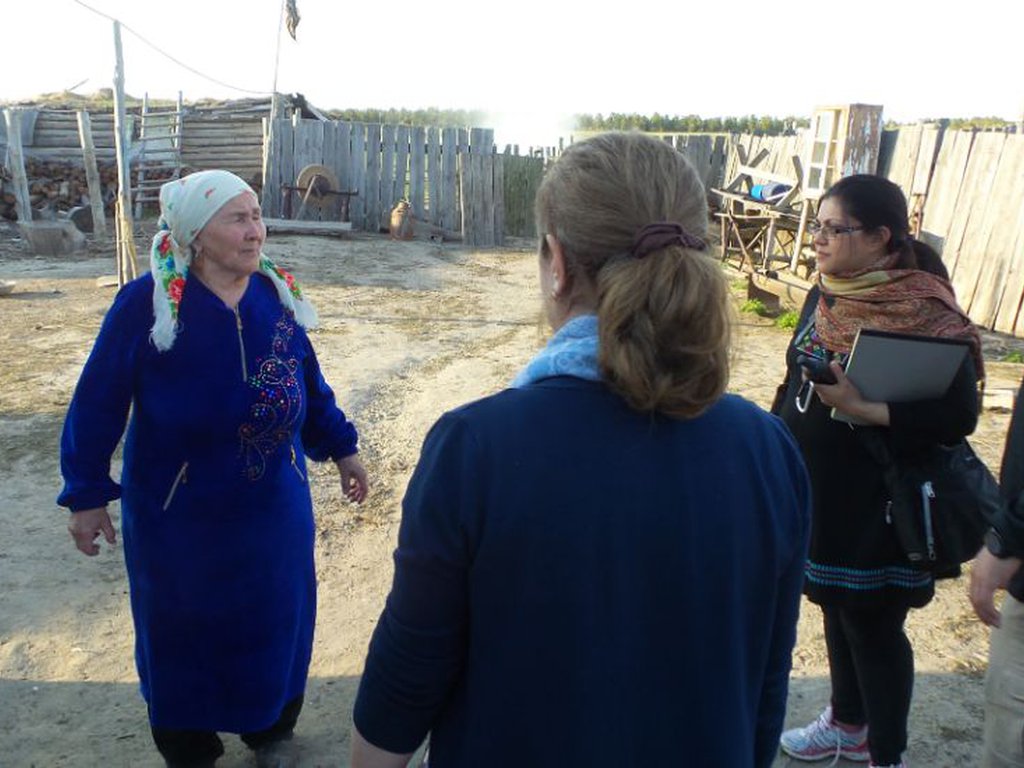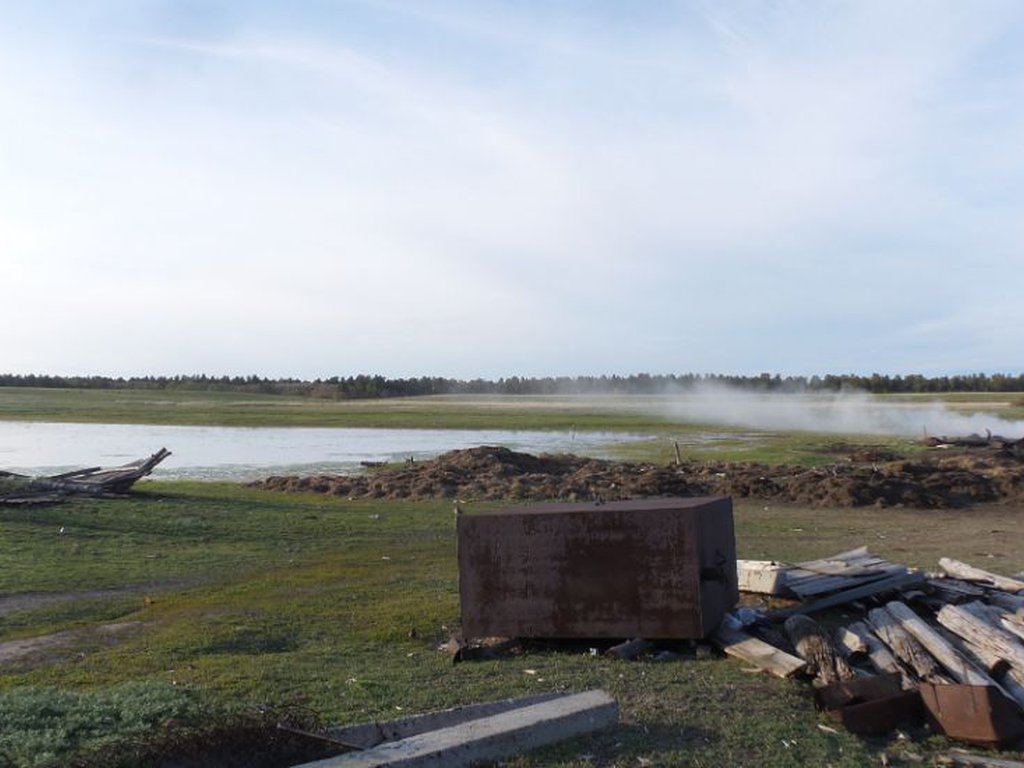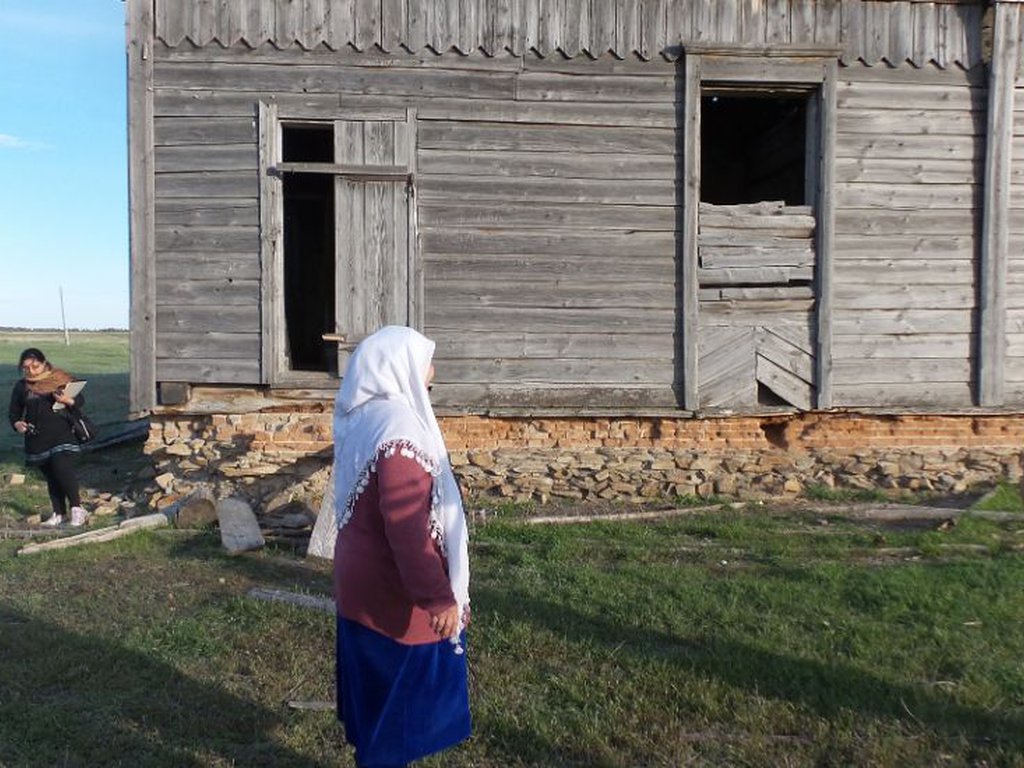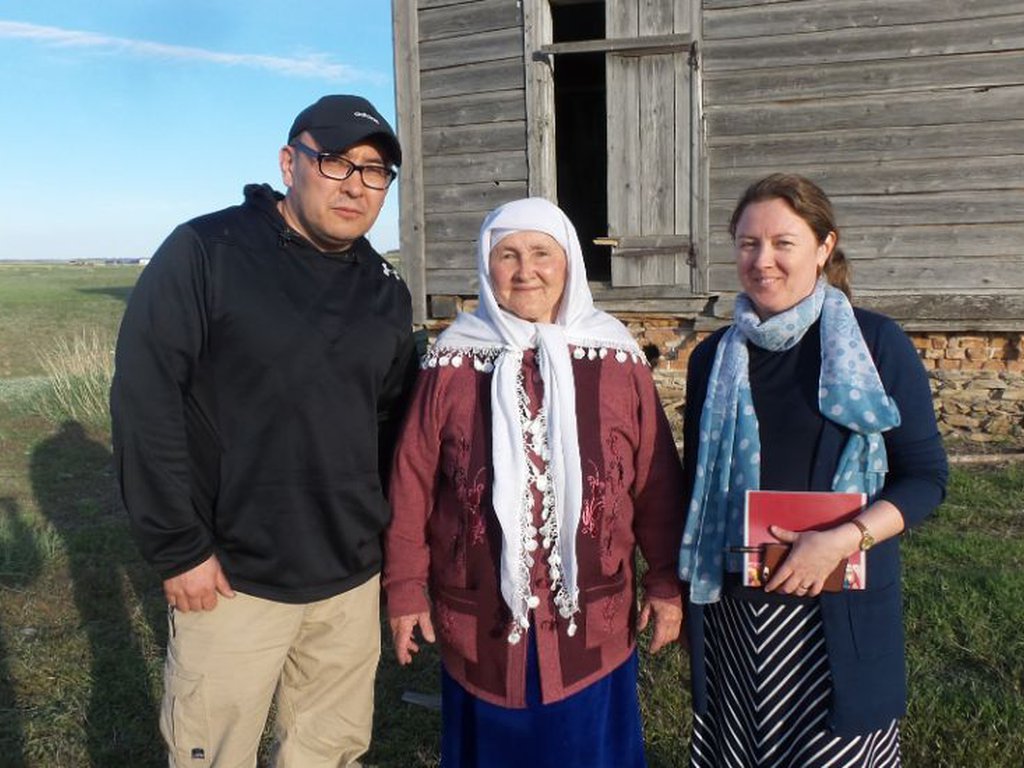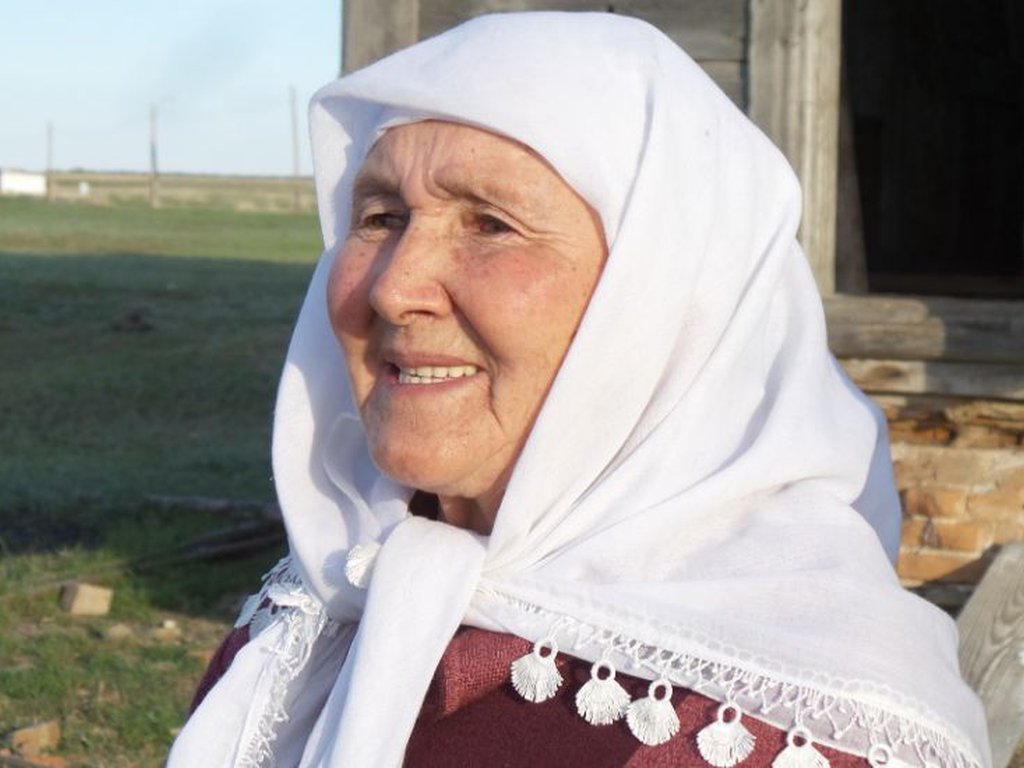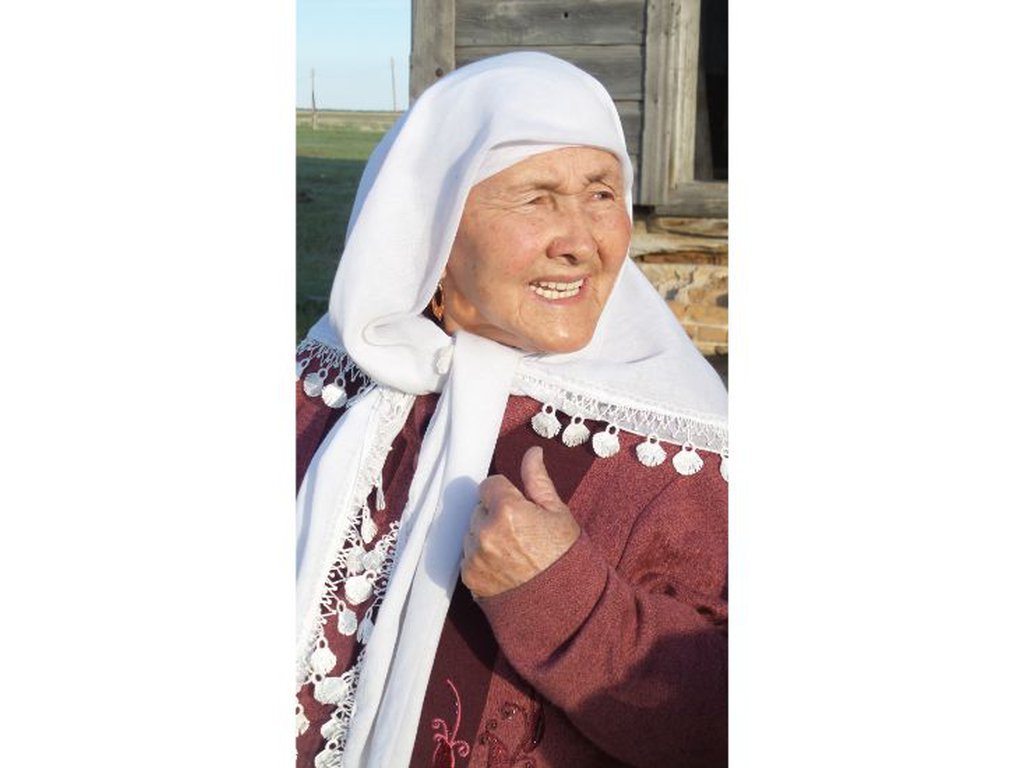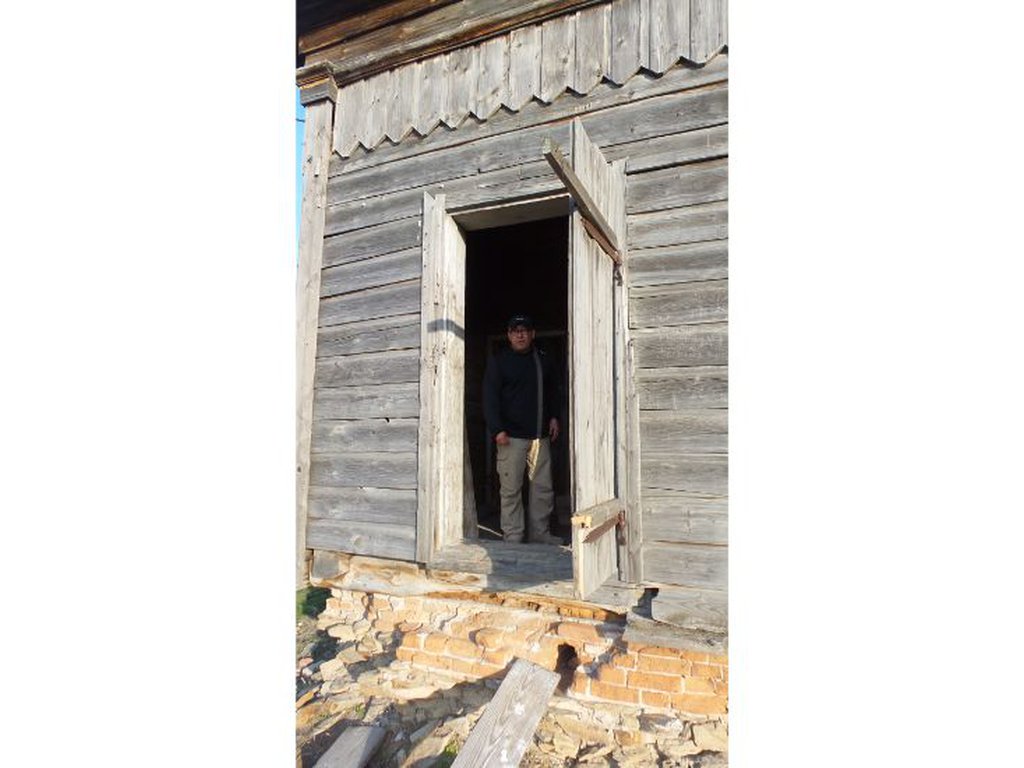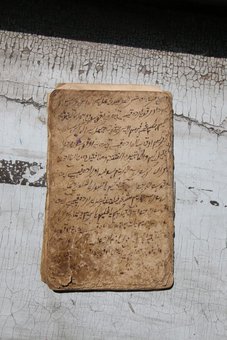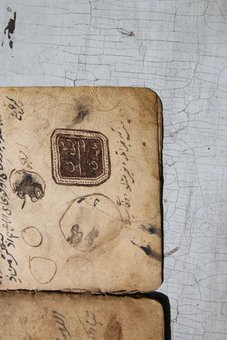Akkol mosque. Паспорт объекта

Full description
Name: Akkol mosque (Tat. Akkolsk machete), historical name Akkoltyk machete.
Site type: An old mosque building, dilapidated, without windows, doors. The roof is also almost destroyed. The minaret is heavily inclined
Founder: The mosque was financed by the Tatar merchant of Semipalatinsk Mukhammed Vali Khamitov. The mosque was built by Mutallap Fazylbekov (1874-1937), possibly together with his father, Sultangali Fazylbekov (1847-1912). When the mosque was completed, Vali Khaji Khamitov gave Mutallap a wooden table with six chairs as a gratitude for his work. According to the family archive of Fazylbekov family, the ancestor of Mutallap and Sultangali, Nigmatulla Sayfulla-uly Fazylbek, was the founder of the Akkultyk village in 1812. Nigmatulla’s origin was Kazan province. It is likely that Nigmatulla's father came to Semipalatinsk even earlier, during the time of Catherine II. Like many others, he left the Kazan province to avoid military service (military service). Thus, Fazylbekov family was founded and took root in this village; it grew considerably and was one of the respected families of the Akkoltyk village. Today, several members of this family of different generations live in Semipalatinsk. On the grave of the village of Akkulsk, you can find a large number of tombstones with the name Fazylbekov (a).
Foundation time: Akkol mosque was built in 1851. The building may have been destroyed by fire. The mosque was built in the period from 1904 to 1907. The founding of the mosque itself in 1851 must be understood in the context of the development and expansion of the Tatar Muslim community in Semipalatinsk. Naturally it is woven into the history of Muslim religious institutions in the north-east of the Kazakh steppe. The history of this mosque is connected with the fate of the Tatar society in the Kazakh steppe. The origins of the Tatar community of Semipalatinsk and its environs date back to the second half of the 18th century, the time of the Russian imperial expansion to the east. Founded as a fortress on the Irtysh line of fortifications, Semipalatinsk quickly became an important administrative, political and economic center. Its strategic location on trade routes turned it into one of the main trade hubs linking Russia with Central Asia, China, Mongolia and Tibet. Since the end of the 18th century, the city has attracted a large number of Central Asians (Sarts), Russians, as well as various categories of Tatars. Among the latter there were traders and entrepreneurs, dodgers of conscription or burdensome taxes, and simply seekers of better opportunities in the Kazakh steppe. The consolidation of Russian imperial rule in the east of the empire was reflected in the growth of the Tatar settlement in Semipalatinsk and the construction of numerous mosques and madrassas. With the growth of the Tatar population in Semipalatinsk, Tatars began to move to the countryside to engage in agriculture there. There were many fugitive Tatars among them, like Nigmatulla Sayfulla-uly Fazylbek, who arrived here as refugees, joined the Tatar environment or hid from the authorities in the Kazakh steppe. Some of them acquired the status of the so-called shala-Kazakhs, either through marriages with local Kazakh women, or through acts of registration by Russian officials. The status of the Shala-Kazakhs exempted them from paying the poll tax and from serving in the army. Thus, in the Semipalatinsk region, several Tatar villages were formed - Bashkul, Akkoltyk, Karamorza, Izyatulla, Absalyam, Zubair, Sary-Nogai, Booker and others.
Religious figures: Fazylbekov family archive contains a list of imams who served in the Akkol mosque almost until the end of the Soviet period, namely until 1989. This list is unique evidence that Islamic practice continued throughout the Soviet regime and that mullahs performed religious rituals even though the mosque did not officially function. The first two imams were a someone named Kamaleddin Muhamedrahim-uly and Jamaleddin Sirazhetdin-uly. Unfortunately, apart from the names, no other information is given in the list. The third imam, Fakhraz Gabdelhadi-uly, arrived from Kazan in 1904 and returned back in 1912. The fourth imam, Salimzhan Ashraf-uly, was a mullah between 1912 and 1925. He also came from Kazan and returned there in 1925. According to information from the surviving statement, Salimjan Sharifullovich Fayzullin was the imam of this mosque since March 10, 1914 and was later moved to the Belebey canton. The report about this mosque indicates that in 1921 Abdullatif Ismagilov Akzigitov was appointed as a muazzin. As you can see from this brief information, between Kazan and the Semipalatinsk uyezd (even its rural part) there was a constant connection and exchange of Muslim scholars. The fifth imam, Muhammad Zarif Galiakbar-uly Musin, was a local scholar. He arrived in Akkoltyk in 1925 from the village of Bashkul and served until 1929. In March 1925, a strong fire broke out in Bashkul, because of which he left Bashkul and went to Akkoltyk. In 1929 he was dispossessed and sentenced to 5 years in exile, and his property was confiscated. The sixth mullah, according to Fazylbekov family archive, was Shakir Vali-uly Galiev. His granddaughter, a resident of the village of Zhylandy Rufiya Khaibullina, corrected that it was Shakir Gaifulla-uly Khaibullin, her paternal grandfather. According to the information she provided, Shakir was a local resident, graduated from a madrasah in Semipalatinsk and was very literate in Muslim traditions. He became an imam even before the war and continued to serve until around 1967 when he moved to the neighboring village of Zhylandy. The seventh and last imam was Rashid Gabdulla-uly Fazylbekov, who was a mullah between 1974 and 1989. According to Rufia's recollections, after Rashid-babai, Khusain-babai (he was an unofficial mullah in the village of Zhylandy) still conducted holiday prayers (gayet), and “after him there was no one; he held the last holiday prayers "
Keeper of the mosque: In addition to the official and unofficial mullahs, around the mid-2000s the mosque had a keeper, Gulshira Saydakhmet-kyzy Saparieva (born 1941). She is the resident of Akkulsk since her childhood; and she did not leave the village like many others. When the descendants of the deceased natives of Akkoltyk come to the cemetery to visit their relatives or random visitors come to look at the mosque, they usually knock on her door and she takes them to the mosque and to the cemetery, where she herself reads the Koran to commemorate the souls of the departed.
Period when the building was used: 1907-1920s. During these years, the building of the mosque was used as a mosque. Main functions: mosque, prayer house, maktab. The presence of the mosque and a decree mullah also presupposes a Muslim elementary school, maktab, for teaching boys. The historical tradition of Islamic institutions in the Volga-Ural region and northern Kazakhstan shows us the existence of a developed education system among Muslims. Usually, the mullah was engaged in the education of mahalli boys, and the school was located in the mosque. Traditionally, the mullah's wife, known as abystay, was engaged in the education of girls.
With the strengthening of Soviet power in eastern Kazakhstan, the fate of the Akkol mosque, like many other mosques, changed dramatically. Most likely that in the late 1920s, the building of the mosque was closed, and a month was removed from the minaret. The building of the mosque was used at different times as an elementary school and a house of culture, where people watched films. The village was turned into a Soviet collective farm, and the collective farm administration provided a new basis for the survival of the Muslim community.
Religious affiliation: Islam, Hanafi persuasion.
Current state: The mosque has not functioned as a mosque for a long time. In Soviet times, the building of the mosque housed a Soviet school and a club at different times. The building has fallen into disrepair, the minaret has gone askew, and is about to collapse. How it still stands is legendary.
Nearest settlement: The site is located in the village of Akkulsk, Beskaragai district, East Kazakhstan region. The village died out and today has several houses. Not far from this village there is a village of Zhylandy. With the gradual disintegration of the collective farm in Akkulsk, the villagers began to move to the village across the road from Akkulsk - Zhylandy. Others left for the city. By that time, the village of Zhylandy, which used to be a small village, had grown in size and even had a boarding school. There was only an elementary school in Akkulsk, and parents there were forced to send their children to continue their studies in Zhylandy, and soon they themselves began to move there.
Investment recommendations: The Akkol mosque has a great importance as a historical, cultural and religious heritage for the residents of Semipalatinsk, and especially for the Tatar society. The mosque and its fate unite the Tatar society in Semipalatinsk. Society has repeatedly raised the issue of the restoration of the mosque. The mosque has become the subject of debates about its transfer to the East Kazakhstan History and Local Lore Museum-Reserve of Ust-Kamenogorsk, which recently replaced Semey as the administrative center of the East Kazakhstan region. The head of the museum, N. A. Zaitsev, suggested disassemble the Akkol mosque, and transfer it to the territory of the institution, rebuild and restore it so that people could come and see this historical monument. However, the Tatar community that lives in Akkulsk, other villages and Semey does not agree with this decision. For these people, a mosque, a cemetery and the entire cultural landscape as a whole represent a sacred place that they regularly visit. The mosque is associated with the history of this land, the village and the people buried in the local cemetery. People come to visit the graves of their relatives and always visit the mosque, which has a sacred meaning for them. In their opinion, the restoration of the mosque in its present place is required. Indeed, the Akkol mosque is a holy place that links the descendants of those who once lived in Akkulsk. It is one of the Tatar mosques in Semipalatinsk and other historically Tatar villages, and thus part of the broader set of Muslim institutions in northeastern Kazakhstan.
Photo gallery
Map
Manuscripts
More manuscripts can be found here.
Materials
All materials are available at the following link


